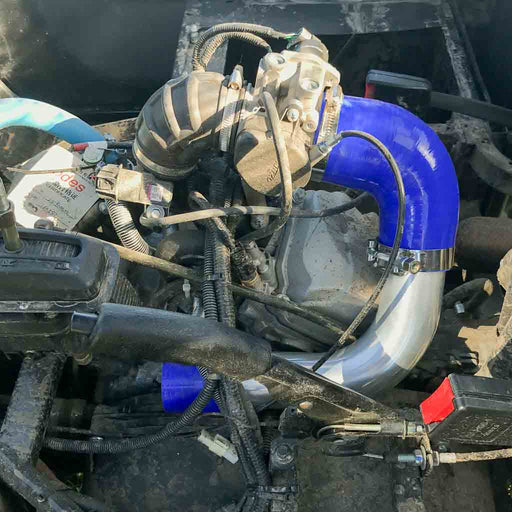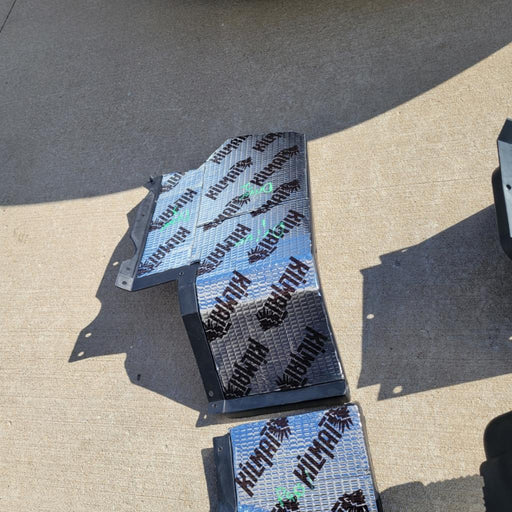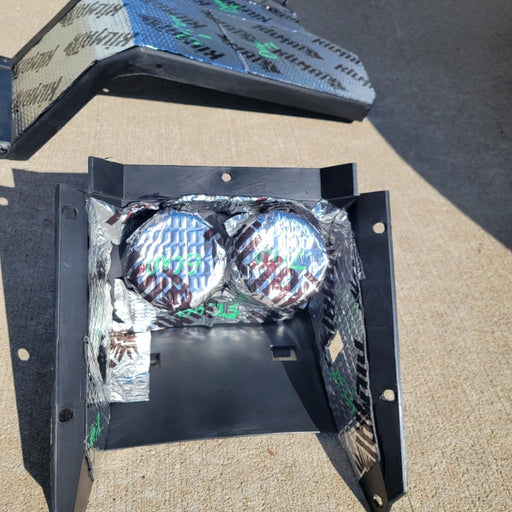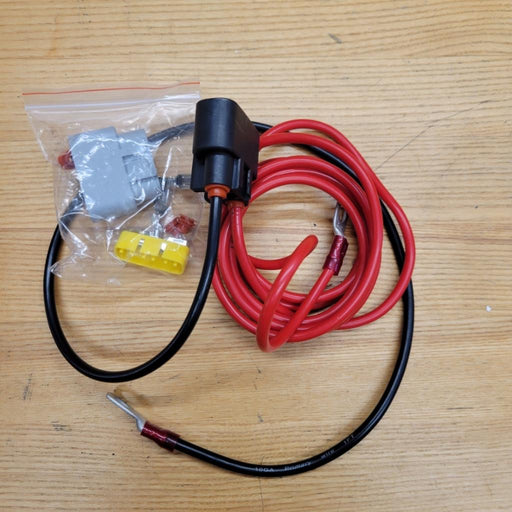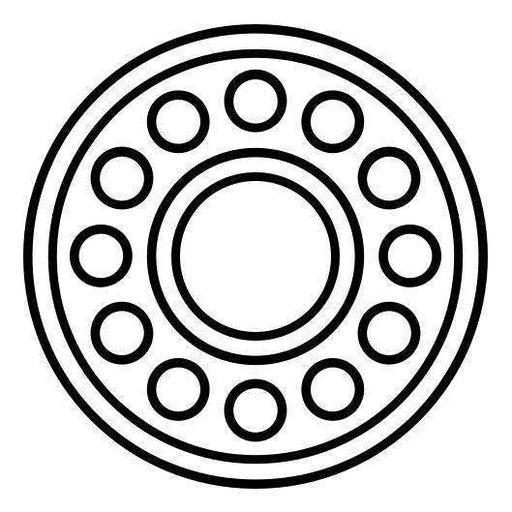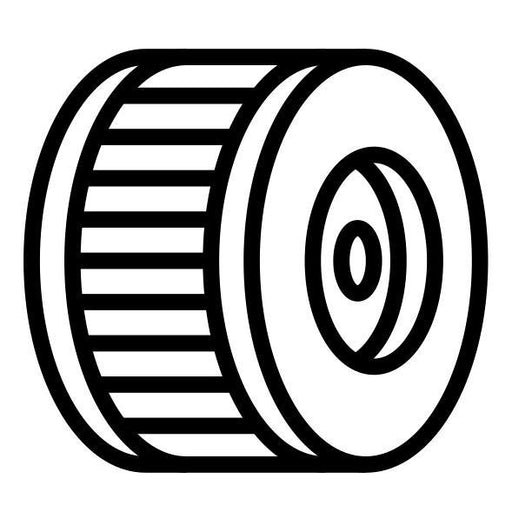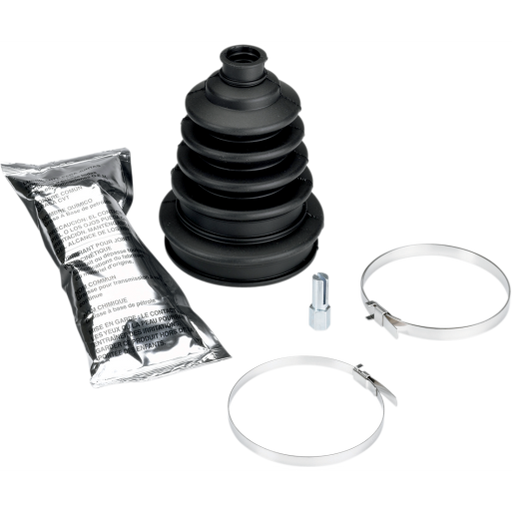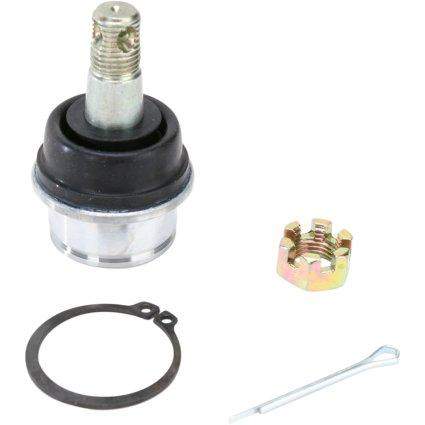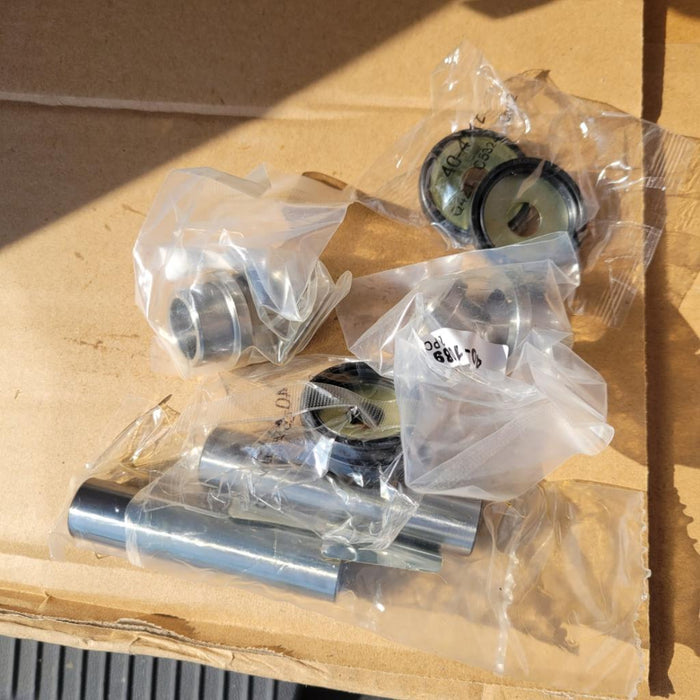
Why We Ditched Our Shop Rate in 2015
We ditched our shop rate in 2015 and here’s why.
TRADITIONAL DOESN’T WORK
When we expanded to the point that we were struggling to keep up with the work in the shop, we were fortunate enough to have a good friend who also happens to be one of the most skilled mechanics we know willing to help us out. During one of our particularly busy days, it was brought up that in a traditional shop, the customer wouldn’t ever talk to the mechanic. Traditionally (at least at every other shop we’ve ever been to), the customer would speak with a Service Writer, but not usually a mechanic. And sometimes that’s even AFTER going through a salesman only to be directed to the Service Department.
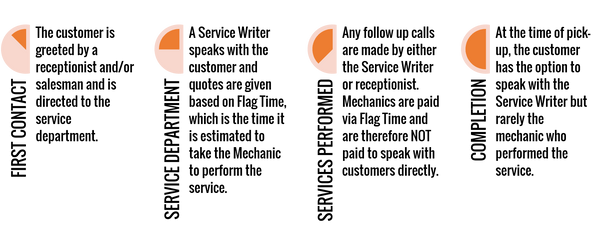
It’s a lot of steps, and while we’re sure someone with more pedigree than us had a very good reason for implementing this system, it just doesn’t work for us. Around here, shops are either loved or hated – there’s not really a middle ground. And we’ve done alright in our first year. We work based on feedback we get from our customers, and what our customers are saying is that they like the personal attention of talking to our mechanics versus the buffers that so many shops tend to put in place.

OUR PAYROLL AFFECTS YOUR BOTTOM LINE
When we opened our store, it was because we wanted to give better service than we were getting. There are certain ways that we knew we could achieve this; we don’t charge restocking fees and we don’t wait a week to place orders. But when we started having enough work to support an employee or two, we started to realize that we could do even more to improve the experience.
I may have sounded a little harsh about the experience in a traditional shop earlier; there’s a good reason most mechanics don’t talk directly to the customers. In a lot of shops, the mechanics aren’t paid hourly or on a salary. Instead they are paid by flag time, or the amount of time it SHOULD take to complete a job. For example, let’s say a customer brings in a unit that needs an oil change and a CV shaft replaced. If that’s the only work available in a shop for the day, that’s all the mechanic gets paid to do. From the mechanic’s perspective, he shouldn’t have to talk to customers; his job is to get as much done in as little time as possible. It’s how he puts food on the table. I don’t care how good a guy he is, if he’s not getting paid to talk with customers he’s not going to be motivated to provide customer service.
Now, since we’re talking about flag time, let’s talk about shop rates…
At the beginning of the year, we had a set shop rate. But it quickly started to look like it wasn’t making any sense. Since it had always been Scott and myself working in the shop, our customers had grown fond of speaking with us about the work directly. We wanted to continue briefing them on the services and work we had done when they came to pick their unit up and we knew that paying our employees flag time would hinder that. We’ve managed to avoid this problem by paying all of our employees hourly. Now, even though we have specialists (some people spend more time in the shop than the office and vice versa), everyone does everything. That means that our entire team is devoted to providing the very best customer service possible. Whether they turn wrenches or spend all day on the computer, everyone is responsible for making every customer interaction as friendly and as personal as possible.
So why is the shop rate a problem again?
On the surface, having a shop rate isn’t really a problem. But once you start paying your employees hourly, whether or not they’ve had work to complete, it can cause issues with cash flow. There’s a really easy solution to this: raise your shop rate.
I’d be lying if I said we hadn’t considered it. The shop rate we started with was low. Very low. There was definitely room for our rate to go up. It’s not uncommon around here for shop rates to be $85-$100/hour. But the more we considered it, the more unfair we felt it would be. We understand shops that raise their rate; there’s a lot of overhead in a shop that has to be covered and that money has to come from somewhere.
When we think about paying a single shop rate for any number of services, it seems unfair. Why should you pay the same rate for an oil change that you would pay for electrical troubleshooting? They certainly don’t take the same amount of skill. And sometimes diagnosing an electrical problem can actually be done quicker than an oil change. And with that realization, we ditched our shop rate.
The rate we charge for a service is now based on nothing more and nothing less than what that particular service requires. We’ve factored in the time it takes to complete a job, the skill level required, and the amount of supplies consumed. The rate for an oil change has nothing to do with the rate for a hard start diagnosis or electrical troubleshooting. We want you to know EXACTLY what you are paying for and our mechanics are more than happy to talk with you about it.
GETTING QUOTES IS EASIER
We’re not so naive as to think that we can have a price for every single variation of every single job – every unit and service is unique, and we fully anticipate that there will be times when we need to do a custom quote. But for most services and repairs, we can accurately determine a fair and reasonable price without ever needing to use a traditional shop rate.
We base our business plans on what works for our customers. If you’d like to see more services, a particular service, or pictures of our dogs, let us know.
-
Original price $ 159.99 - Original price $ 204.99Original price$ 159.99 - $ 204.99$ 159.99 - $ 204.99Current price $ 159.99
Air Filter Relocation Kit for ODES UTVS
Scooter's PowersportsIn stockOur very own Air Filter Relocation kit for ODES UTVS. Designed and manufactured by Scooter's Powersports. Unlike some ODES Air Filter Relocation K...
View full detailsOriginal price $ 159.99 - Original price $ 204.99Original price$ 159.99 - $ 204.99$ 159.99 - $ 204.99Current price $ 159.99 -
Original price $ 129.99 - Original price $ 159.99Original price$ 129.99 - $ 159.99$ 129.99 - $ 159.99Current price $ 129.99
Pre-Cut Sound Proof Matting for ODES UTVS
Scooter's PowersportsIf the noise inside the cab of your ODES UTV has ever bothered you, this. is your solution. Now you can get one of our best selling shop services a...
View full detailsOriginal price $ 129.99 - Original price $ 159.99Original price$ 129.99 - $ 159.99$ 129.99 - $ 159.99Current price $ 129.99 -
Original price $ 40.00 - Original price $ 40.00Original price$ 40.00$ 40.00 - $ 40.00Current price $ 40.00
Voltage Regulator Relocation Kit for ODES UTVS
Scooter's PowersportsDesigned to move the voltage regulator from under the hood to under the seat. Requested by you and built by Scooter's Powersports. Allows for elimi...
View full detailsOriginal price $ 40.00 - Original price $ 40.00Original price$ 40.00$ 40.00 - $ 40.00Current price $ 40.00 -
 View all ODES UTV Performance mods
View all ODES UTV Performance mods
-
 ODES UTVS best sellers
ODES UTVS best sellers -
Original price $ 38.49 - Original price $ 55.99Original price$ 38.49 - $ 55.99$ 38.49 - $ 55.99Current price $ 38.49
ODES Oil Change Kit for 800 and 1000 Engines
Scooter's PowersportsODES Industries recommends an engine oil change at 25-hours of run time or 1000 miles. (We won’t tell if you turn that down to once every 50-hours ...
View full detailsOriginal price $ 38.49 - Original price $ 55.99Original price$ 38.49 - $ 55.99$ 38.49 - $ 55.99Current price $ 38.49 -
Original price $ 7.99 - Original price $ 7.99Original price$ 7.99$ 7.99 - $ 7.99Current price $ 7.99
ODES Oil Filter - High-Performance
Not specifiedHigh-performance aftermarket ODES oil filter. Compatible with 800cc and 1000cc ODES engines. Be sure to select your make and model before adding to...
View full detailsOriginal price $ 7.99 - Original price $ 7.99Original price$ 7.99$ 7.99 - $ 7.99Current price $ 7.99 -
Original price $ 49.99 - Original price $ 62.00Original price$ 49.99 - $ 62.00$ 49.99 - $ 62.00Current price $ 49.99
Pivot Works Wheel Bearing Kit for ODES - Lifetime Replacement!
Pivot WorksIn stockPivot Works wheel bearing kit for 2012+ 800cc and 1000cc UTVs from ODES Industries. Fitment includes the Short Travel (Standard) suspension and the...
View full detailsOriginal price $ 49.99 - Original price $ 62.00Original price$ 49.99 - $ 62.00$ 49.99 - $ 62.00Current price $ 49.99 -
Original price $ 159.99 - Original price $ 204.99Original price$ 159.99 - $ 204.99$ 159.99 - $ 204.99Current price $ 159.99
Air Filter Relocation Kit for ODES UTVS
Scooter's PowersportsIn stockOur very own Air Filter Relocation kit for ODES UTVS. Designed and manufactured by Scooter's Powersports. Unlike some ODES Air Filter Relocation K...
View full detailsOriginal price $ 159.99 - Original price $ 204.99Original price$ 159.99 - $ 204.99$ 159.99 - $ 204.99Current price $ 159.99 -
Original price $ 40.99Original price $ 40.99 - Original price $ 40.99Original price $ 40.99Current price $ 36.95$ 36.95 - $ 36.95Current price $ 36.95
ODES 800cc Air Filter | 21040401001
ODES IndustriesOut of stockOEM air filter for ODES 800cc engines. Vehicle Fitment This part is compatible with the following vehicles 2012+ ODES Dominator 800 2015+ ODES Dom...
View full detailsOriginal price $ 40.99Original price $ 40.99 - Original price $ 40.99Original price $ 40.99Current price $ 36.95$ 36.95 - $ 36.95Current price $ 36.95Sold out -
Original price $ 18.99 - Original price $ 18.99Original price$ 18.99$ 18.99 - $ 18.99Current price $ 18.99
Fast Boot Kit
MooseIn stockExtremely heavy duty CV boot that fits virtually all ATVs and UTVs. Additional rib to allow boot to expand for larger joints Improved clamp retain...
View full detailsOriginal price $ 18.99 - Original price $ 18.99Original price$ 18.99$ 18.99 - $ 18.99Current price $ 18.99 -
Original price $ 29.99 - Original price $ 29.99Original price$ 29.99$ 29.99 - $ 29.99Current price $ 29.99
ODES Ball Joint Kit
Scooter's PowersportsODES ball joint kit for 800cc and 1000cc ODES UTVs. ODES Ball Joint Kit Includes (1) Ball joint (1) Circlip (1) Cotter pin (1) Nut Each kit provi...
View full detailsOriginal price $ 29.99 - Original price $ 29.99Original price$ 29.99$ 29.99 - $ 29.99Current price $ 29.99


